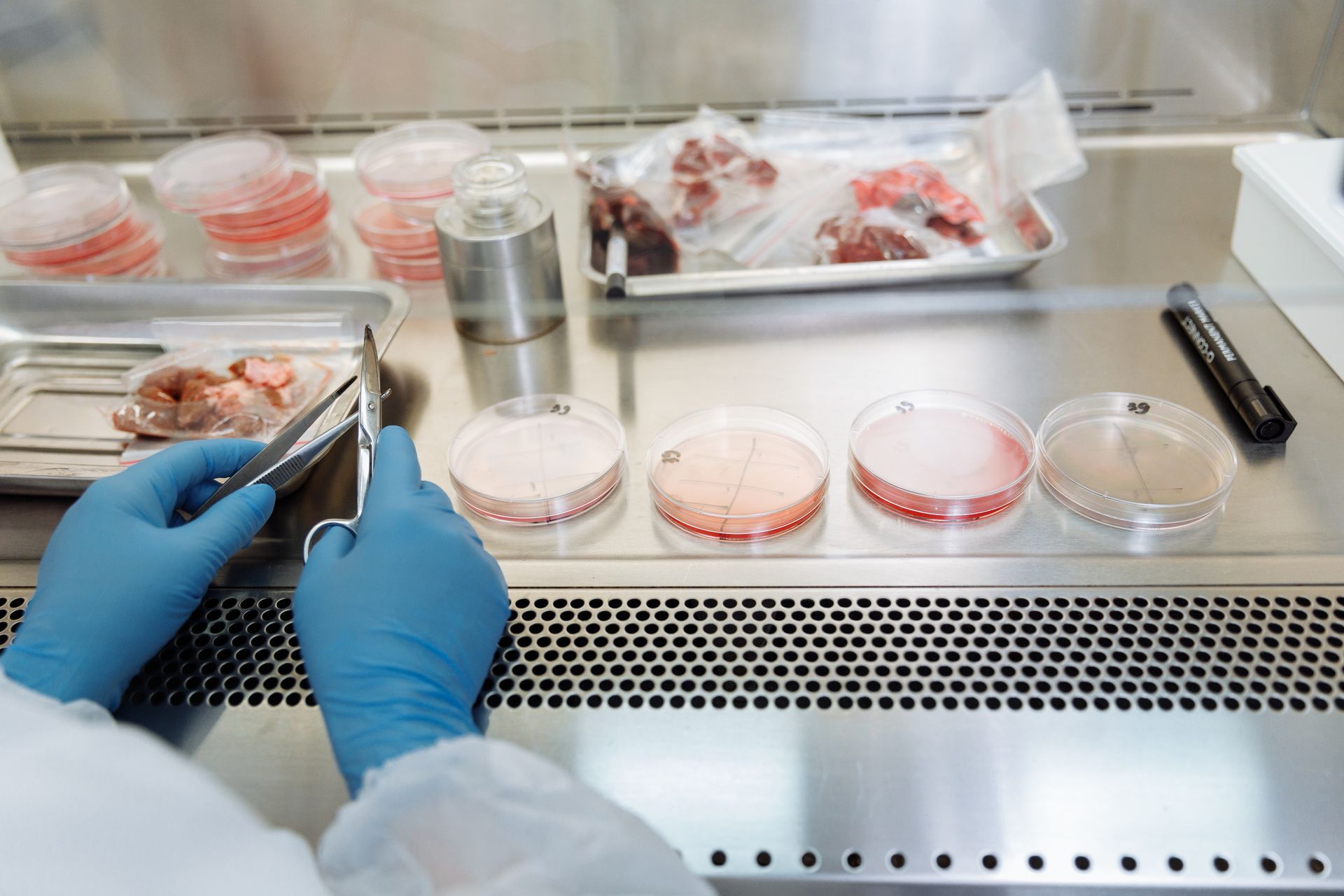Importance of food safety testing in preventing foodborne illnesses
Laboratory role in food safety.

Our body has the power to resist and fight foreign invasions and protect itself from weakening. Nevertheless, this defensive strength is not equivalent for all of us. Factors that affect immune response include age, environmental challenges and intensity of personal stress, comorbidity, access to nutritional food and potable water. Any of these can impact on the effectiveness of our metabolic system response to pathogenic microorganisms.
Food such as fruits, vegetables, cereals, meat, fish as well as water may bear pathogens and toxins capable of affecting our health status. Identification of such risks on the food chain – from farm to fork - is a complex and profession related expertise. For plethora of food operations that exists, same Hazard Analysis Critical Control Point (HACCP) principles apply. These need to be specifically applied for each type of operation through on-site intervention allowing precise mapping of activities and flowchart design to identify microbiological, chemical, physical and allergen risks that may be source of foodborne diseases.
Physical bodies in food might be visible and/or tangible – hence be more easily detected and removed when present. For hazards remaining invisible to common people senses, scientific methods need to be implemented to detect and identify concerned microbiological pathogens, toxins and allergens before they cause harm. This is achieved through establishment of a program for representative sampling and reliable testing of raw materials, in-process and finished products. Rapid testing kits are also available for testing of ready-to-eat at point of service before consumption.
Extensive work has been done across the world to identify health risks for establishing hazards’ threshold levels triggering disease. On the global scale, the World Health Organization (WHO) is the directing and coordinating authority on international health within the United Nations (UN) system - it provides scientific advice and research to help develop international standards for food safety through the Food and Agriculture Organization (FAO)/WHO Codex Alimentarius [1]. While the FAO addresses food safety issues along the food chain and provides a complete vision on food safety at international level, the WHO typically oversees and maintains strong relationships with the public health sector [2].
The CODEX Alimentarius is the internationally adopted food standards aiming to protect consumers’ health and ensuring fair practices in the food trade. It includes standards for all the principal foods, whether processed, semi-processed or raw, for distribution to the consumer as well as provisions in respect of food hygiene, food additives, residues of pesticides, veterinary drugs, contaminants, labelling and presentation, methods of analysis, sampling, import, export, inspection and certification [3]. National Food safety ministries around the world generally refer to the CODEX to implement standards and guidelines within their regulatory framework. Food industries have internal quality standards governing the sensory attributes of their products – nevertheless they need to abide to national and/or international laws on food safety.
A food control system or food safety management system ensures that the raw materials, food or food products provided on the local/international trade market is compliant to safety as well as quality requirements. FAO/WHO has developed its own Food Control System tools for implementation at national level. Several international standards - owned by different organisations - with well-defined scopes for food safety are recognised by the Global Food Safety Initiative (GFSI) and are available on the marketplace. These include the : BRC Global Standard for Food Safety, CanadaGAP (Canadian Horticultural Council On-Farm Food Safety Program), FSSC 22000 Food Products, Global Aquaculture Alliance Seafood Processing Standard, GLOBALG.A.P., Global Red Meat Standard (GRMS), IFS Food, PrimusGFS, Safe Quality Food. As they belong to different organisations, these standards vary in terms of the scope, structure, certification process, validity and the reporting and management conducted [4].
Within any of these food safety systems, laboratory testing is a key tool providing scientific evidence of compliance - to established policies, procedures, reference standards or guidelines. The safety of any food or food product can be qualitatively or quantitatively assessed in an unbiased and reliable way through standardised, validated and verified methods. Not only does this allow to prevent or to settle trade disputes, but it also is the cornerstone onto which the nutritional value, microbiological, chemical, physical and allergen safety of food can be established.
References:
- Food safety. (230). WHO. https://www.who.int/health-topics/food-safety#tab=tab_3
- Food safety and quality. (230). FAO. https://www.fao.org/food-safety/en/
- About Codex Alimentarius. 2023. FAO/WHO. https://www.fao.org/fao-who-codexalimentarius/about-codex/en/#c+230 57370738
- GFSI: Global Food Safety Initiative for the Improvement of Food Safety Management Systems. ISO UODATE. https://isoupdate.com/standards/gfsi/

